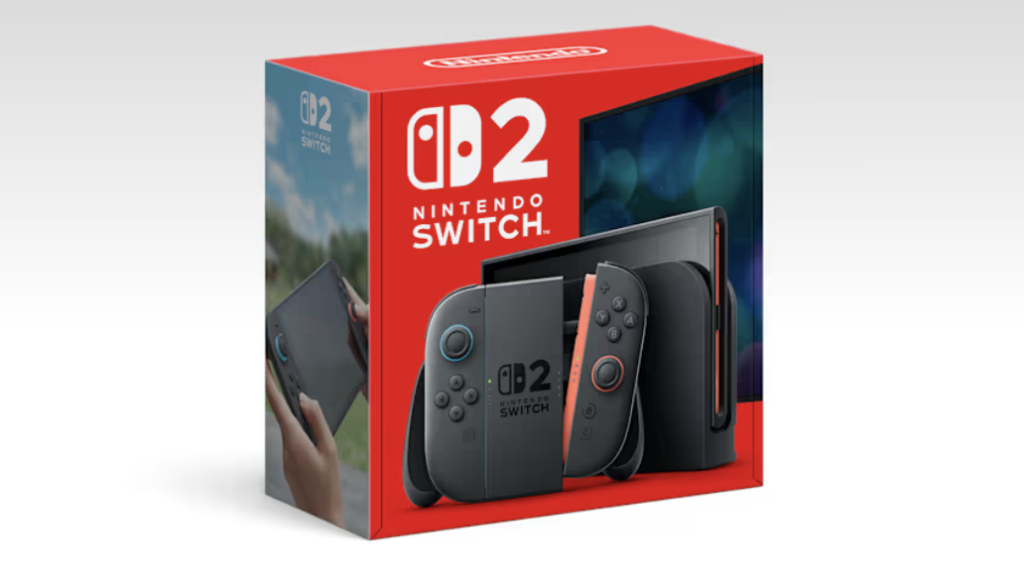As excitement builds around the upcoming release of the Switch 2, Nintendo is now facing an unexpected external factor that could impact its next-generation console: an escalating trade war. The company has confirmed that it is “actively assessing” how global trade tensions—particularly between the United States and China—might affect production, pricing, and distribution for the Switch 2, set to launch in June 2025.
The concern comes amid renewed discussions in Washington about increasing tariffs on electronics and tech hardware imported from China, where a large portion of Nintendo’s manufacturing takes place. If new tariffs are imposed, it could directly raise costs on components or finished consoles, potentially forcing Nintendo to make tough decisions on pricing strategy or supply chain adjustments. For a product already priced higher than its predecessor at $450, even a modest cost increase could influence its competitiveness against rivals like the Steam Deck or PlayStation Portal.
Nintendo has weathered similar challenges before. During the U.S.-China trade dispute in 2019, the company shifted some of its production to other Southeast Asian countries to avoid steep import duties. It’s unclear if a similar move is on the table now, but the company’s cautious tone suggests it’s not ruling anything out. “We are evaluating various scenarios and potential responses,” a Nintendo spokesperson said in a recent statement. “Our priority is ensuring stable supply and delivering the best possible value to our customers.”
The Switch 2, which boasts a larger display, upgraded Joy-Con controllers, 4K-capable docking, and features like GameChat and 3D audio, is expected to be a significant leap forward for Nintendo’s hybrid console strategy. However, any disruption to its supply chain or cost structure could ripple through to consumers, especially in North America—one of Nintendo’s largest markets.
In the past, Nintendo has struggled with keeping its consoles on shelves, with the original Switch frequently out of stock due to chip shortages and the global pandemic. But this time around, Nintendo is taking a more proactive approach to ensure the Switch 2 is available when players are ready. “We want to make sure consumers can find a console when they’re ready to buy,” says Nintendo of America president Doug Bowser. One major step is a new loyalty-based preorder system aimed at blocking scalpers. To qualify, buyers must have an active Nintendo account, a yearlong Nintendo Switch Online membership, and at least 50 hours of gameplay logged. Sales will also be limited to one console per customer. “We wanted to reward loyal players—those who’ve been with us and are most excited to upgrade,” Bowser explains. Other retailers will implement their own anti-scalping measures.
Meanwhile, Nintendo plans to showcase the Switch 2 at global public events ahead of its June launch, with Bowser emphasizing that it’s “the next generation of platform,” building on what fans love while adding “powerful new features.” However, external pressures remain. Should proposed tariffs on Chinese-made electronics go into effect, the cost of producing and distributing the Switch 2 could rise—potentially impacting its success. As ESA spokesperson Aubrey Quinn put it, “If people believe only the Switch 2 will be affected, then we aren’t taking it seriously. This is going to have an impact.” The Switch 2, then, may be more than just Nintendo’s next big release—it could be an early test of how the gaming industry adapts to a shifting global landscape.
Ultimately, Nintendo’s approach will likely mirror its longstanding strategy: adaptability without compromising the user experience. But as the global trade landscape shifts, all eyes will be on how the company balances innovation with economic headwinds.


